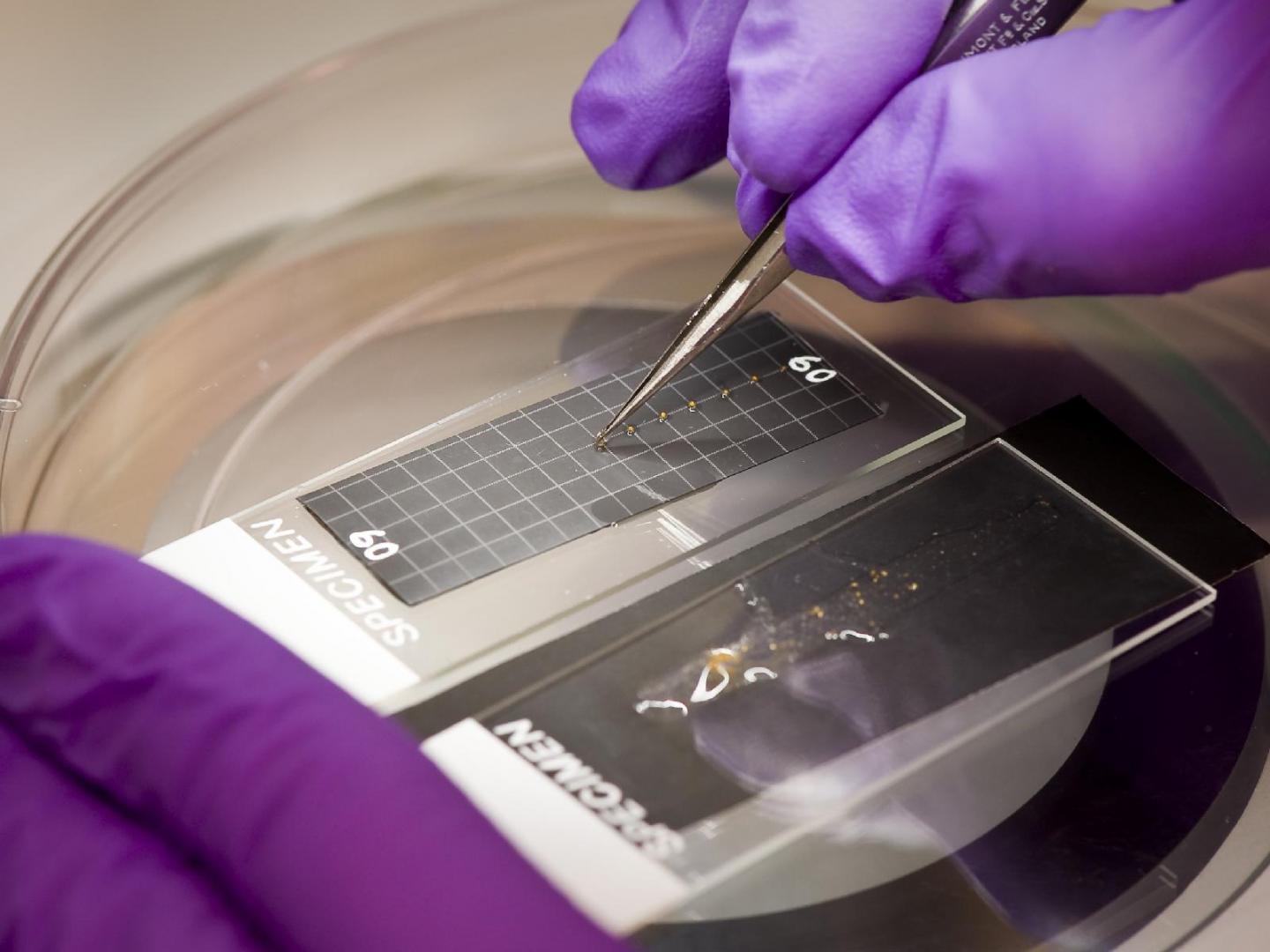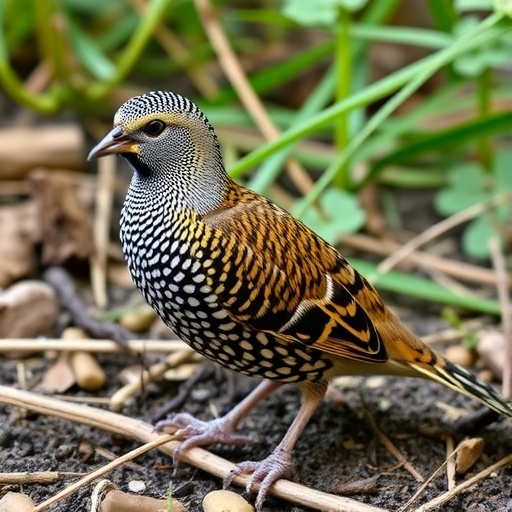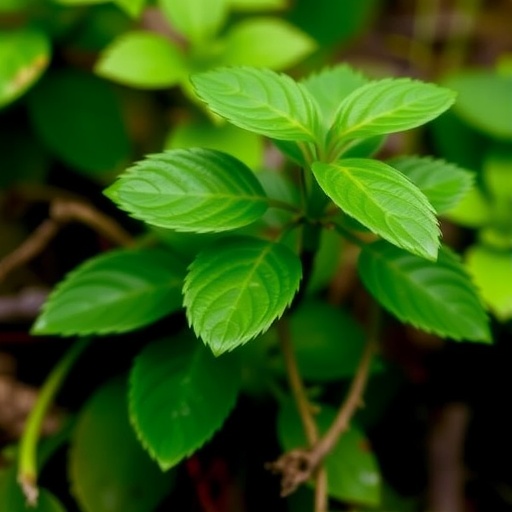
Credit: NASA
When plants on Earth search for nutrients and water, what drives their direction? Very simply, gravitational force helps them find the easiest path to the substances they need to grow and thrive. What happens if gravity is no longer part of the equation?
Botanists from Ohio Weslyan University leverage the microgravity environment of the International Space Station to study root growth behaviors and sensory systems in an investigation known as Gravity Perception Systems (Plant Gravity Perception). The researchers look for adaptability to microgravity and measure overall sensitivity to simulated gravity for two strains of mustard seedlings, including Arabidopsis thaliana Wild Type and a starchless genetic variant. Within the wild type, starch acts like a weight, falling within the root tips and driving them toward the Earth.
As the lead investigator for Plant Gravity Perception, botanist Chris Wolverton describes the investigation's central question: "We want to know – what's the least amount of gravity plants can detect to cause the falling of heavy [starchy] bodies in their cells?"
The study exposes both strains to incremental amounts of gravity ranging from four one thousandths or 0.004G – all the way up to one G. By comparison, gravitational force experienced on Earth is a constant one G.
Why include two types of seedlings? While exact thresholds for starchy strains are poorly understood, response mechanisms for starchless genetic variants are even more of a mystery.
Plant Gravity Perception uses acceleration from the European Modular Cultivation System (EMCS) to simulate gravity. Seedlings are first placed in seed cassettes, then aligned along radial blades of a centrifugal rotor. This lets investigators control the intensity of gravity experienced at any point along the rotational arms, testing hundreds of fractional degrees of gravity at a single time through controlled spins.
Much like the popular rides at carnivals that spin riders and cause them to "stick" to the walls, this investigation steadily increases g-force exposure to test the outer boundaries of seedlings' perceptual abilities. As the arms of the centrifuge spin, scientists hope to pinpoint exactly where growth response begins.
Most interesting of all may be the starchless plants' responses. Even for those without starch, the mutant form of the seedlings may still retain the same sensory perception system as their cousins. These plants may still sense gravity but respond only at higher thresholds, be unable to move at all, or use entirely different cues to determine growth direction. When the centrifuge's acceleration is turned off, scientists can also measure seedling response to microgravity and establish a baseline.
As photosynthetic organisms, plants are also very sensitive to light cues for growth. Using directed lights, Plant Gravity Perception is providing additional growth cues at varying points to test relationship between light perception and gravity perception. Back at home, botanists can watch the footage to assess responses.
Even though the orbiting laboratory is regularly resupplied, crew members must consume fresh deliveries quickly. To supplement a large supply of shelf stable foods, space station investigations such as Veg-03 enable astronauts to act as gardeners and supplement their diets with the hopes of adding nutritional variety and reducing resupply payload weight dedicated to food stores.
While seedlings from Plant Gravity Perception will not wind up on astronauts' plates, their studied growth furthers our knowledge of perceptual thresholds and makes selecting appropriate garden greens likely to thrive in space easier for future long duration spaceflight, including exploration missions beyond low-Earth orbit.
For Earth, Wolverton notes that gravity perception in roots "influences how efficient a plant is, how responsive it is to drought conditions, to flooding, to fertilizer."
He adds, "If we understood better how [gravity is] perceived… that opens up a whole source of trait breeding and genetic variation that we can look to." This would allow agriculturalists to select root growth appropriate for different fertilization levels, soil composition and environmental extremes.
###
Media Contact
Rachel Barry
[email protected]
281-244-7449
@NASA_Johnson
http://www.nasa.gov/centers/johnson/home
Original Source
https://www.nasa.gov/mission_pages/station/research/news/plant_gravity_perception_rooting_for_answers




